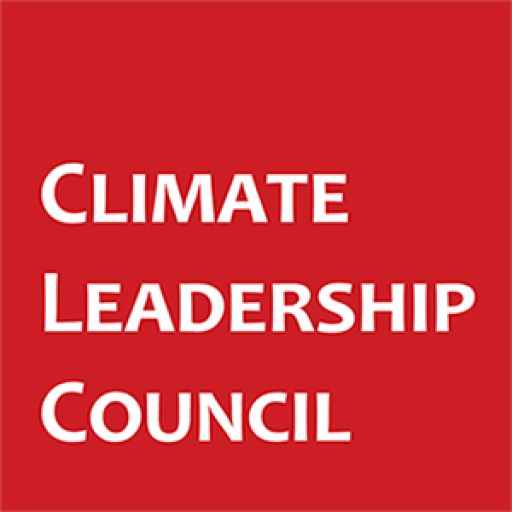Status quo or significant climate progress: the difference is only three-quarters of a percentage point.
That’s because scientists recently recorded the first decline in hydrochlorofluorocarbon (HCFC) levels, a drop of 0.75%. HCFCs both deplete the ozone layer and act as a heat-trapping greenhouse gas. While much less talked about than carbon dioxide, they can have nearly 2,000 times higher global warming potential. This potency means that a small decrease on paper amounts to a sizable reduction in greenhouse gas concentrations. A 1987 treaty called the Montreal Protocol on Substances that Deplete the Ozone Layer is largely to thank for the decline.
Crucial lessons can be gleaned from the Protocol’s history for the U.S. to chart a new course for international climate action. Namely, policymakers should focus on the Protocol’s core design: formation of international partnerships backed up by a trade system of rewards and penalties designed to drive better environmental performance around the globe. This is an approach that can be replicated and adapted for the next era.
The Montreal Protocol is a global agreement that aims to shield the Earth’s ozone layer by gradually reducing the use of chemicals known as ozone-depleting substances. There was limited initial interest in joining the Protocol, but that did not stop it from getting off the ground. Forty-six mostly developed countries joined in the late 80s, including key ozone-depleting substance producers and consumers such as the U.S., France, Germany, and Japan. These major economies leveraged their influence by limiting market access, creating economic pressure and offering technological solutions for other countries to follow suit. This led to significant growth in country participation in the following decade, driven by developing and least-developed countries. The Protocol was universally ratified in 2009.
Policymakers keen on replicating this success should adopt a similar approach for other greenhouse gases, most notably carbon dioxide associated with the manufacturer of energy-intensive goods like steel and aluminum. U.S. manufacturers emit fewer carbon dioxide emissions than most of their foreign competitors, yet there’s no market incentive globally to match our performance or go further. We should leverage our advantage by initiating targeted agreements—just as we did in the Protocol—with like-minded countries, in which we agree that foreign exporters must meet our environmental performance or face increased trade barriers to access our markets.
As with the Protocol, we should couple trade barriers, such as environmental tariffs, or “sticks,” with “carrots” for lower-income countries to improve their environmental performance and join the club. As an incentive to join, we should explore offering creative financing mechanisms for low-carbon investments, provide technical assistance, and give more favorable trade opportunities for club members than non-club members. These are the types of trade tools that were leveraged effectively through the Protocol and have the added benefit of creating new export opportunities for American manufactured technologies.
While much of the Montreal Protocol’s success is thanks to its international, collaborative nature, the U.S. demonstrated leadership in two important ways. First, American chemical manufacturers led the global industry in developing and marketing a more environmentally friendly alternative product. Second, the private sector and environmental movement worked together to build the political will and push the U.S. Congress to pass major domestic legislation.
Once again, U.S. manufacturers find themselves in an advantageous position relative to foreign competitors in manufacturing products like steel and chemicals while emitting less carbon. And through trade, there are clear opportunities for the U.S. to leverage its world-leading cleaner production methods to drive more ambitious climate action globally, while delivering a clear economic benefit to American firms.
The Montreal Protocol’s resounding success in curbing ozone-depleting substances offers U.S. policymakers a compelling roadmap. This is complex terrain, but the Protocol gives us a relatively straightforward and adaptable formula: international partnerships, trade incentives, and clear domestic economic opportunities lead to meaningful climate progress. In following this approach, policymakers can leverage the strength of our cleaner economy to forge effective global cooperation for generations to come.
Greg Bertelsen is CEO of the Climate Leadership Council.

